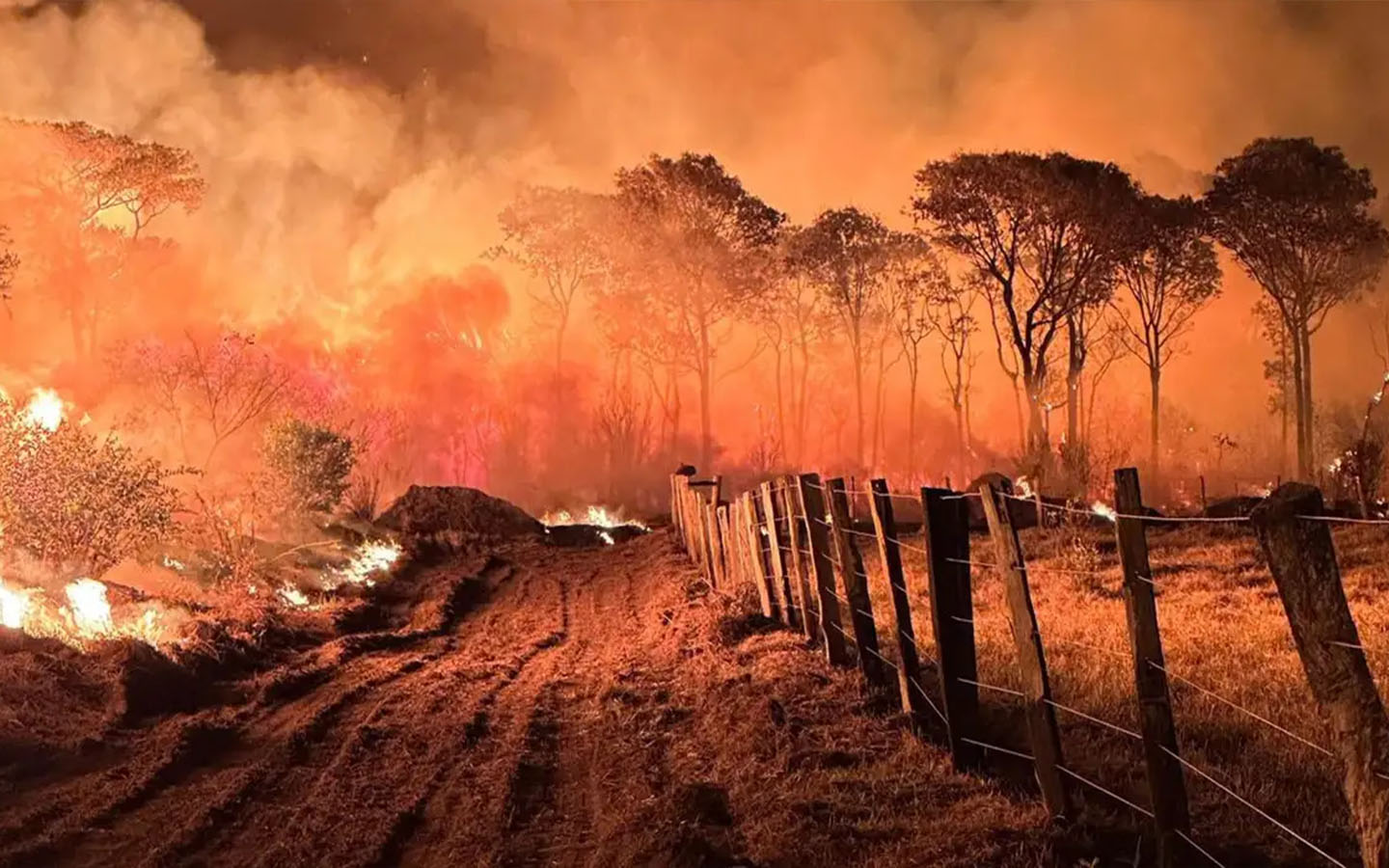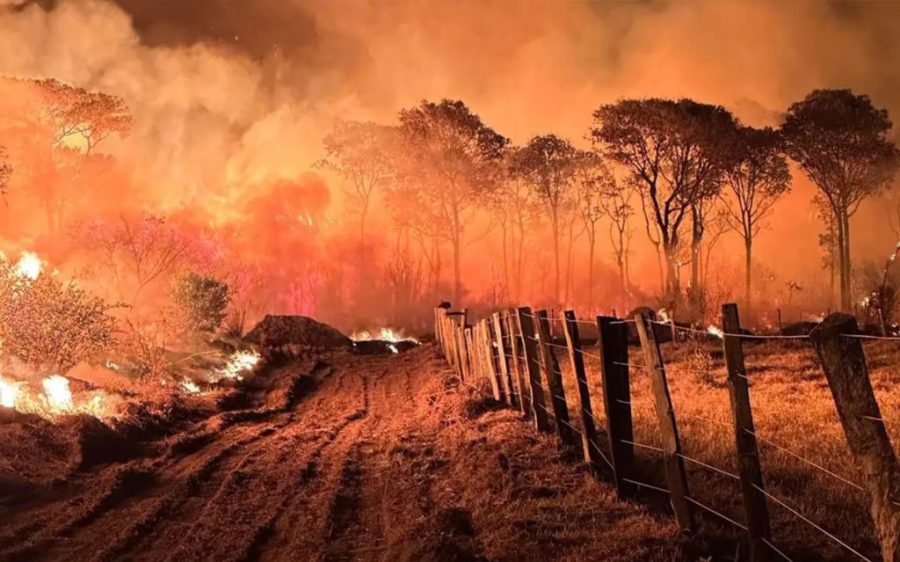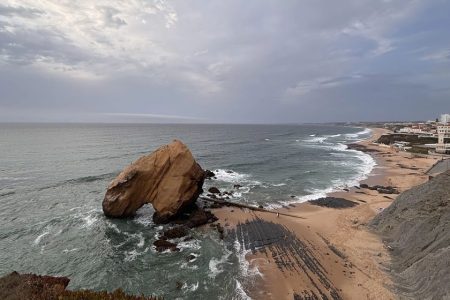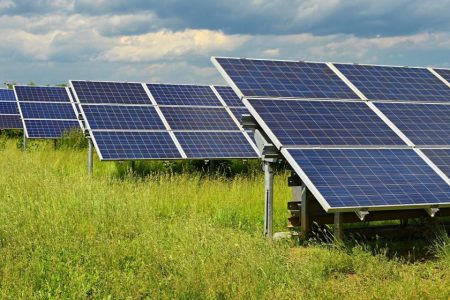The largest tropical wetland on Earth is burning after a long period of drought, shattering historical records for June with the month only halfway over.
The National Institute of Space Research (INPE) of Brazil has detected 733 fires in the vast Pantanal wetlands so far this month, well above the previous record of 435 fires set in June 2005. The central-western state of Mato Grosso do Sul, home to some 60 percent of the Pantanal, is under a “danger” warning for a heatwave expected to bring temperatures 5℃ higher than average until Wednesday, according to the country’s National Meteorological Institute (INMET).
This year could be the worst on record, warned World Wildlife Foundation (WWF) Brazil, as the dry season is just beginning and the number of fires already increased almost 900 percent over the same period in 2023.
[See more: Flood waters threaten an already devastated Brazilian state once again]
The Pantanal wetlands cover some 200,000 square kilometres, nearly twice the size of the next largest wetland (also in Brazil) and comprise 3 percent of all the wetlands on Earth. They boast the greatest concentration of wildlife in South America, surpassing even the Amazon.
As much as three-quarters of the Pantanal floods during the wet season between November and March, only for much of that water to drain away during the dry period from April to September. Intense drought, beginning in 2023 and aggravated by the start of the El Niño phenomenon last July, has left the wetland in a “hydrological crisis,” according to ECOA, an environmental NGO based in Mato Grosso do Sul. Without sufficient rain during the wet season, the vast biome is at far greater risk of burning during the dry season, now only halfway over.
Wildfires are common enough in the Pantanal for some plant species to have evolved protections, but the extreme fire levels being experienced now are well beyond their capacity. Devastating fires in 2020 destroyed a third of the Pantanal and killed more than 17 million vertebrates and this year threaten to be even worse.






